Cozy up to Wi-Fi 6 anywhere you could possibly want it — even outside.
Linksys Velop products regularly top our list of best mesh routers, and the new Linksys Velop AX4200 is a more affordable version of our favorite Wi-Fi 6 mesh system. It may offer a lower maximum theoretical wireless speed than the higher-end Velop MX5/MX10, but it doesn't cut out any of the important features or compatibility with other Linksys products that make the Velop family so darned good.
It's also a lot less money — for $500, you'll be getting a 3-pack of Velop AX4200's which are rated to cover over 8,000 square feet of space. Compare that with the Velop MX10, which is $600 for a 2-pack that only covers 6,000 square feet, and you'll immediately understand the value proposition. Since it's Wi-Fi 6, you can use advanced high-speed wireless devices like the Oculus Quest 2 in ways that Wi-Fi 5 just didn't allow.
On top of that, each Velop AX4200 node sports three usable gigabit LAN ports, giving you nine total gigabit LAN ports throughout your home. Most mesh Wi-Fi systems only offer one or two LAN ports on each node, if they offer any at all. The only real problem here is that these nodes are big — more than three times the size of Nest WiFi nodes which, at least, include an additional speaker inside. That makes them a little more difficult to find a home on a shelf but, given the tall tower design, is easy enough to stick somewhere near an outlet and call it a day.
Linksys Velop AX4200
Bottom line: The Linksys Velop AX4200 is the best value W-Fi 6 Velop mesh router available. Deeply customizable, widely available ultra-fast Wi-Fi 6 coverage will reach every room and way into your yard, even offering surprising features like nine total LAN ports.
The Good
- Excellent security features
- Blazing Wi-Fi 6 speeds
- Better DFS handling than most mesh routers
- Easy-to-use management app
- USB network storage support
The Bad
- Quite large
- Only the main router is fast enough for VR streaming
From $200 at Amazon From $250 at Best Buy From $250 at B&H Photo
All the connections
Linksys Velop AX4200: What I like
I've used a fair number of mesh systems over the years, and while they all sport different designs and feature sets, there's one thing most mesh network systems have in common: a near-total lack of ports. Generally speaking, most popular mesh network systems designed for the home users only have one or two usable LAN ports on the main router, and all mesh access points either only have a single LAN port or none at all.
Linksys has outfitted each Velop AX4200 unit with four gigabit LAN ports. Yes, that includes each and every one of the mesh access points that you scatter about your home. Having four gigabit LAN ports to plug into throughout the home is a godsend, as there are just some devices that work better when plugged in (or don't support Wi-Fi at all, like the Philips Hue Bridge). Each node also has a USB 3.0 port on back and supports external storage that can be accessed by any device across the network.
On top of having lots of blazing-fast LAN ports, the Linksys Velop AX4200 offers ultra-fast Wi-Fi 6 wireless speeds throughout your home using a consistent tri-band spectrum on every single access point. That consistent speed is what's particularly important as, again, other mesh Wi-Fi systems can often deliver slower speeds from auxiliary mesh points when compared to the main router. A dedicated "Internet" LAN port on each mesh unit also means you can use wired backhaul for the whole network, further reducing latency between nodes if you want to run cables.
In the above chart, I talked about one of Linksys' other Wi-Fi 6 routers, the MR9600, which is designed to be sold as a single router system. It's compatible with Linksys Intelligent mesh, so I was able to easily add it to my Velop-powered network within the app, but this router would more than likely be used on its own in most households. I also compared it with the Nest Wifi, a Wi-Fi 5 mesh system that typically comes out on top in speed tests. The results speak for themselves. Using the same end devices in the same locations, the Velop AX4200 is significantly faster than both of the other two options, even with Wi-Fi 6 connectivity on the MR9600.
For me, the killer application for Wi-Fi 6 is VR game streaming — something the Velop AX4200 excels at.
For me, the killer application for Wi-Fi 6 is VR — specifically, PC VR games streamed via Virtual Desktop to the Oculus Quest 2. While this has been feasible since last summer on the original Oculus Quest, the Oculus Quest 2 supports Wi-Fi 6 and, with it, significantly lower latency, high-quality wireless VR streaming. The Velop AX4200 worked perfectly in this scenario.
The caveat here is that you'll need to make sure you're connecting to the same Velop unit that your PC is plugged into. If I wanted to game in my basement, for example, I would have to avoid games like Beat Saber where connection issues would ruin the experience.
As expected, Wi-Fi 6-enabled devices get a boost in speed and have lower latency connectivity when compared to Wi-Fi 5 routers. For me, this meant getting closer to the theoretical speeds I pay my ISP for. Even still, it's likely that Wi-Fi 6 isn't going to make a huge difference in download or upload speeds for most people as ISPs are still playing catch-up to local Wi-Fi connectivity. The Velop AX4200 handles over 100 devices connected to the network, which is likely going to be a bigger change for people with lots of wireless traffic in their homes.
While testing various devices with the Velop AX4200 system, I came across something fascinating: Linksys seems to have solved the connectivity issues that some devices have with mesh Wi-Fi networks. These devices are few and far between, but if you've ever purchased a LiFX bulb in the past you'll know the connectivity issues some of those bulbs have historically had with mesh networks. To date, the Velop AX4200 is the first mesh system I've used that didn't have any connectivity issues with these LiFX bulbs at all. That's a beautiful, beautiful thing.
Linksys seems to have solved the connectivity issues that some devices have with mesh Wi-Fi networks
The Linksys Velop AX4200 uses the same app that Linksys has been using for years and works perfectly alongside any Linksys router that supports Linksys Intelligent Mesh. That means any existing compatible routers you might have at home can be easily added to your new Velop mesh network.
I'm not sure most people will need such widespread coverage, especially since this $500 Velop AX4200 system covers an unbelievable 8,000 square feet, but it's great to be able to hit the plus button in the app and get a new router added to your mesh network like you were requesting another order of fries at McDonald's.
Adding a node to your network is as simple as requesting another order of fries at McDonald's.
It took a significant amount of time, but Linksys has finally added the ability to add 2-factor authentication to your Linksys cloud account. Previously, I recommended disabling all cloud-based functionality because this feature was not available. Now that it is — and it even uses the superior email-based 2FA method — managing your home network is now a breeze from the Linksys app. In addition, Linksys now automatically changes the local admin password when you set up your router for the first time. That's a massive enhancement to security since far too many people forget to take this important step, leaving a massive security hole in their home networks.
Size it up
Linksys Velop AX4200: What I don't like
There's no doubt the size of the Velop AX4200 units are going to be a turnoff to some people. When compared to the Nest Wi-Fi (pictured above), it looks almost comically large. Each Velop unit looks identical, so there's no visual or size difference between the main router and the mesh access points. In fact, these monolithic towers look like they'd look rather nice sitting next to an Xbox Series X, as they share a similar design language. Overall though, the understated style isn't offensive at all and looks fine enough on a shelf somewhere.
While the Linksys app has been improved upon since I initially wrote this review, the parental control implementation is still basic and likely not very useful for most people. As it stands, the Linksys app allows parents to block any website they dislike for specific devices, which is fine when you'd like to block something high-level like YouTube or Facebook. It's not so great when trying to control broader issues in the home, like access to pornography or other illicit sites. The Linksys Shield service provides that important service but isn't yet available for the Velop AX4200. That's supposed to be coming in a future update, but Linksys doesn't have a timeline for the feature.
Similarly, Linksys products only have voice operation via Amazon Alexa. While more households rely on Alexa than any other virtual assistant, it still leaves Google and Apple-only households without an option for voice control. Just like the issues mentioned above, Linksys is working on getting these integrations working and will make them available in the coming weeks and months. Until then, it's Alexa-only for now.
The competition
There's no arguing with the cost. For about $230, you'll get a two-pack of Netgear Nighthawk MK62's which will cover 3,000 square feet with beautiful, fast Wi-Fi 6 speeds. But the cost is lower for a reason. In addition to a much smaller coverage area, you'll also be getting much slower AX1800 speeds (compared to AX4200 for the Velop system reviewed here).
Eero 6 is Amazon's latest Alexa-powered mesh system, and it packs a serious punch on price. At $200, Eero 6 comes with one router and one extender which is rated to cover 3,000 square feet with Wi-Fi 6. Just like the Nighthawk MK62, though, this is only AX1800 speed. On top of that, there are no LAN ports on the extender and, even then, only 2 LAN ports on the main router. That puts it in the same limited connectivity category as Nest WiFi.
When you want the cream of the crop, the Linksys Velop MX10 is it. You'll pay more and get less coverage but, at 5,000 square feet, it's likely more than enough for most people. AX7800 is blindingly fast and will best suit folks with fiber connections to their home, but that $600 price tag is definitely going to put a dent in the budget.
Linksys Velop AX4200: Should you buy
You should buy this if ...
You're planning to stream games throughout your home
Whether you're wanting to play PC VR games on an Oculus Quest 2 wirelessly, or you're streaming Xbox Series X games to your phone, the Linksys Velop AX4200 is guaranteed to give you a stellar gameplay experience with no noticeable lag and stellar picture quality.
You've got a ton of devices in your home that need a network connection
Whether it's support for over a hundred wireless devices or the 12 blazing fast gigabit LAN ports, Velop AX4200 will get you connected.
You need to cover a lot of space
If you've got a large home and need coverage from your basement to the far corners of the bedrooms, or you just want to surf the web while sipping tea under your tall oak on the other side of your yard, the Velop AX4200 has you covered everywhere.
You should not buy this if ...
You don't want to spend a lot on a Wi-Fi system
Velop AX4200 might be a lower-priced Velop system, but it's still more expensive than competitors like Eero 6.
You need the absolute fastest Wi-Fi speeds
Linksys and Ubiquiti both offer faster Wi-Fi mesh systems if you really need the speed.
You don't have a large or multi-level home
Velop AX4200 is ultra-easy to set up and use, but it's still geared more toward power users who want lots of options, features, and speed, and is priced accordingly.
Power users are going to absolutely love the Linksys Velop AX4200. It's not only easy to set up, but it offers a ton of advanced features that'll have you giddy to dig deep into the options and see what you can tweak. Even if you're not a power user, though, you're going to love the easy-to-use app and simple setup. The biggest downside is the price, which is going to be hard for some folks to justify if they just need a simple router.
Velop AX4200 is easily one of the best Velop mesh routers the company has ever made. It's slower than the Velop MX10, but slower is a relative term in every way. It's still significantly faster than the least expensive Wi-Fi 6 systems and offers more coverage for the price. On top of that, it's actually got four gigabit LAN ports on each node — a rarity for mesh systems, as a whole, which often feature few or no LAN ports on mesh nodes.
Linksys Velop AX4200
Bottom line: Linksys has made another amazing mesh system that's fast, scalable, easy to set up, and fun to tweak. It's also got a ton of updates planned that'll make this a better experience in just a few short months, all for a lower price than before.
From $200 at Amazon From $250 at Best Buy From $250 at B&H Photo
Review Changelog, May 2021
This article was originally published in November 2020. It was updated in May 2021 with the following changes:
- Increased score from 4.0 to 4.5 because of security enhancements like 2FA.
- Updated positive and negative points.
- Updated to cover addition of security enhancements like 2FA and automatic admin password change.
- Linksys has added new features to the app that were previously noted as missing in the "What I don't like" section. Those critiques have been removed since they are no longer applicable.
- Updated pricing now that single and double packs are sold in addition to the triple pack.
from Android Central - Android Forums, News, Reviews, Help and Android Wallpapers https://ift.tt/2JLSU2V
via IFTTT

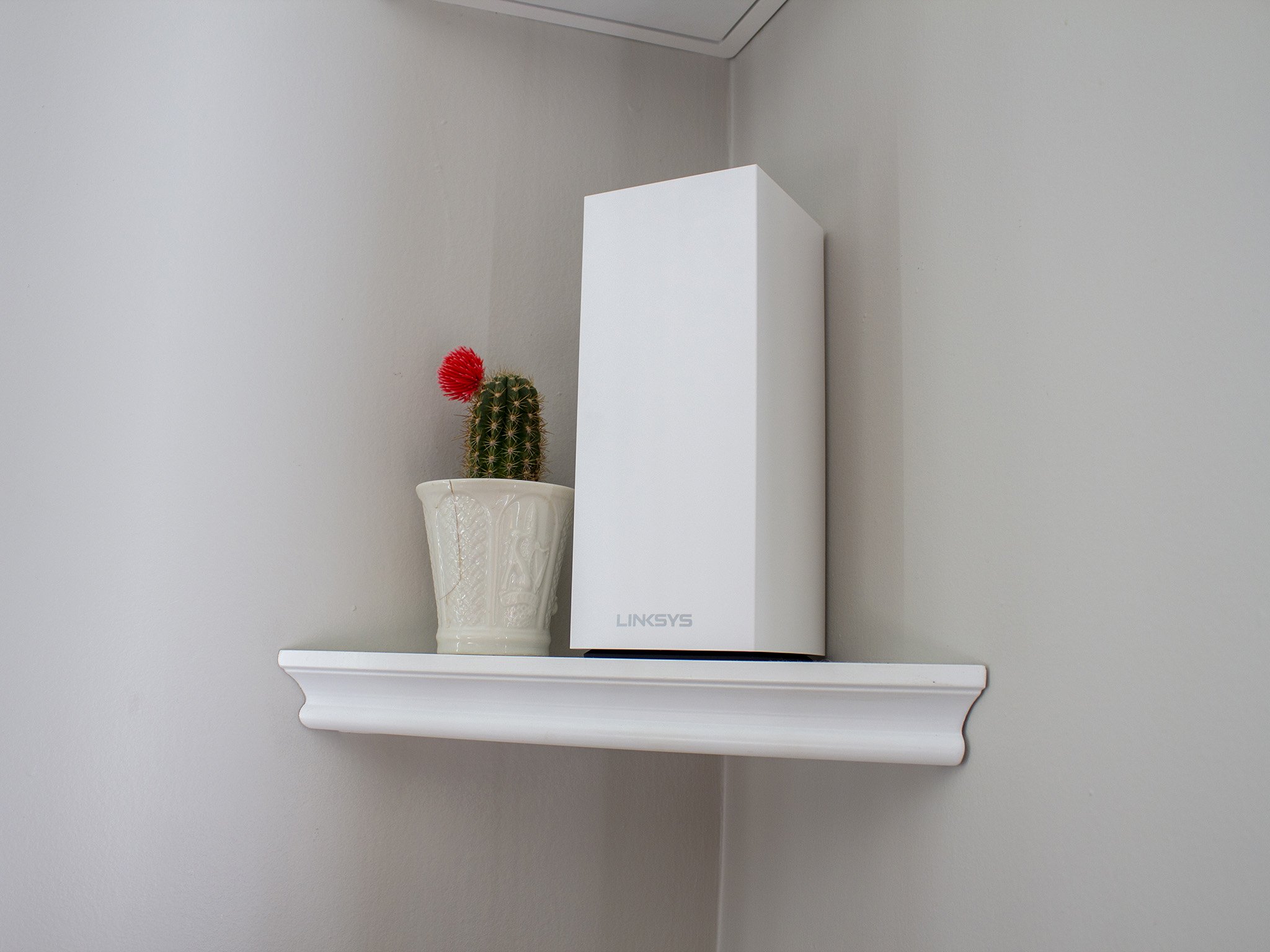
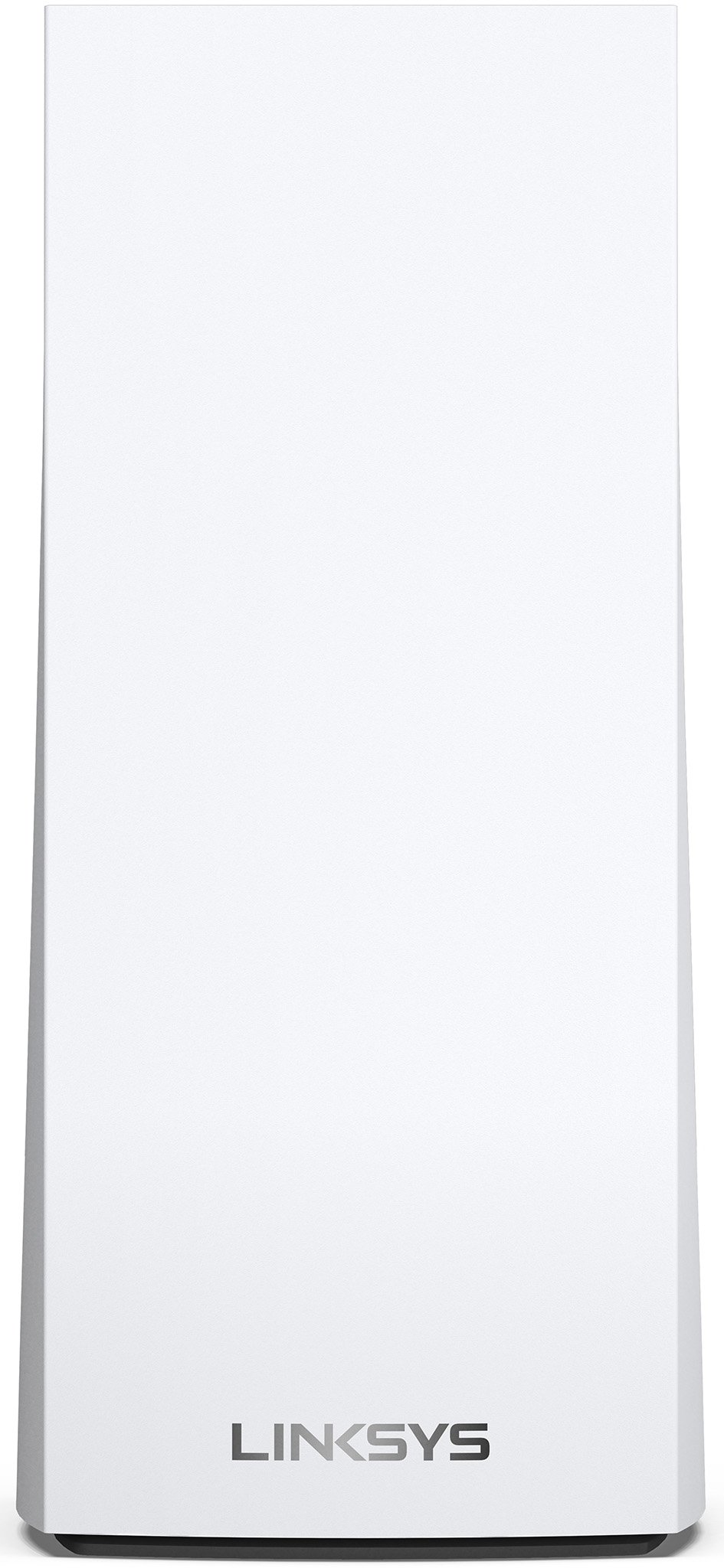
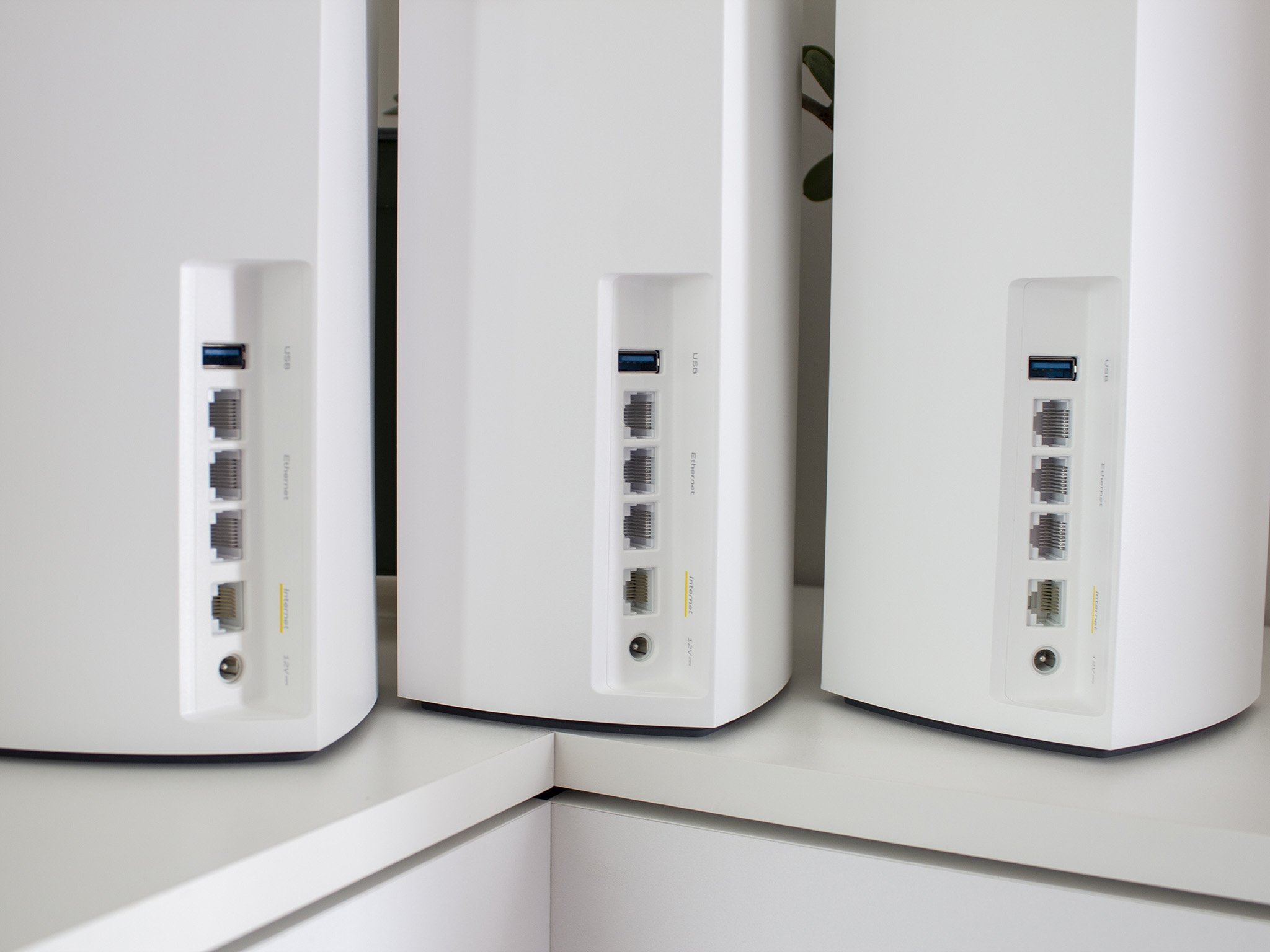

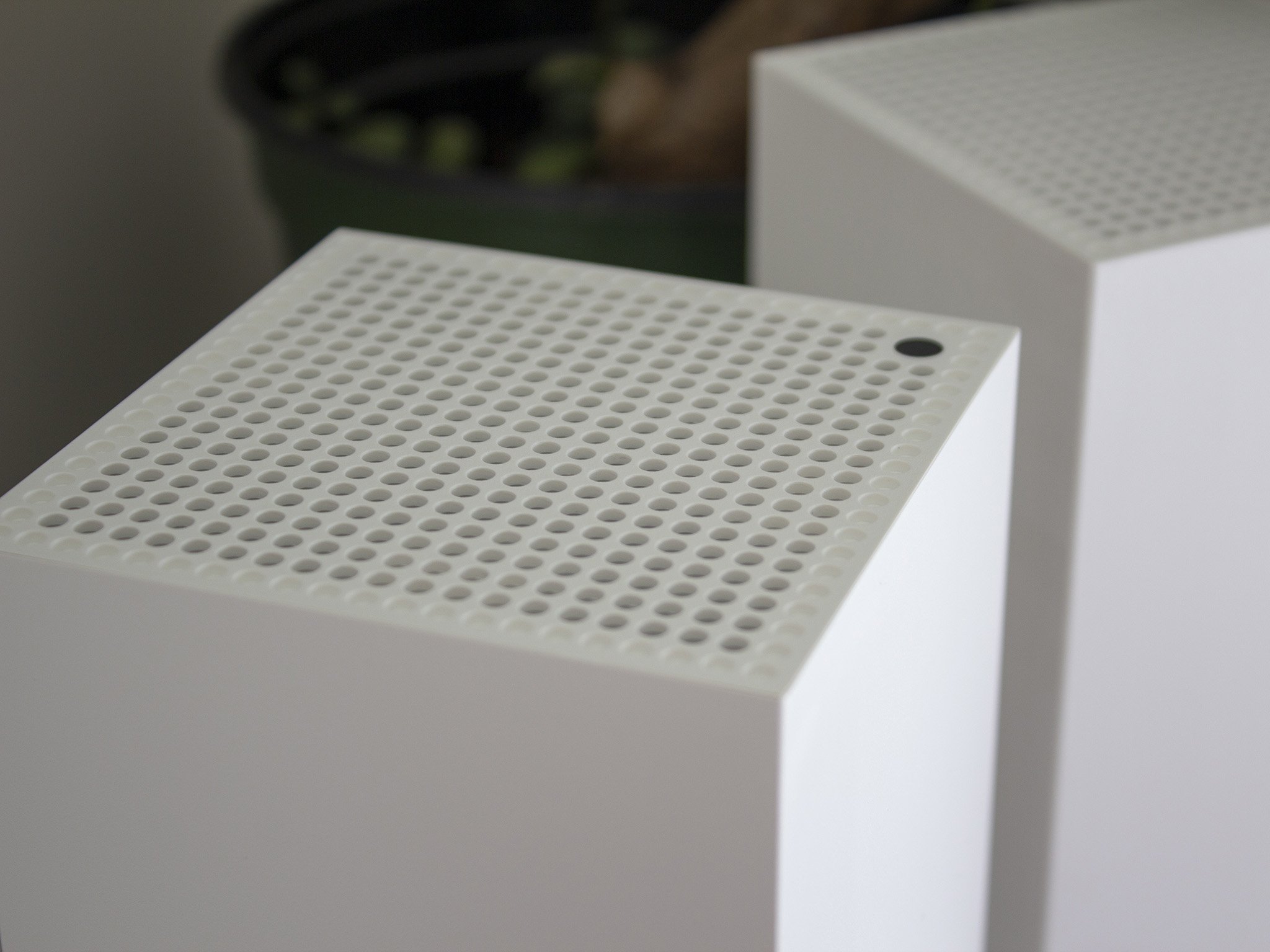
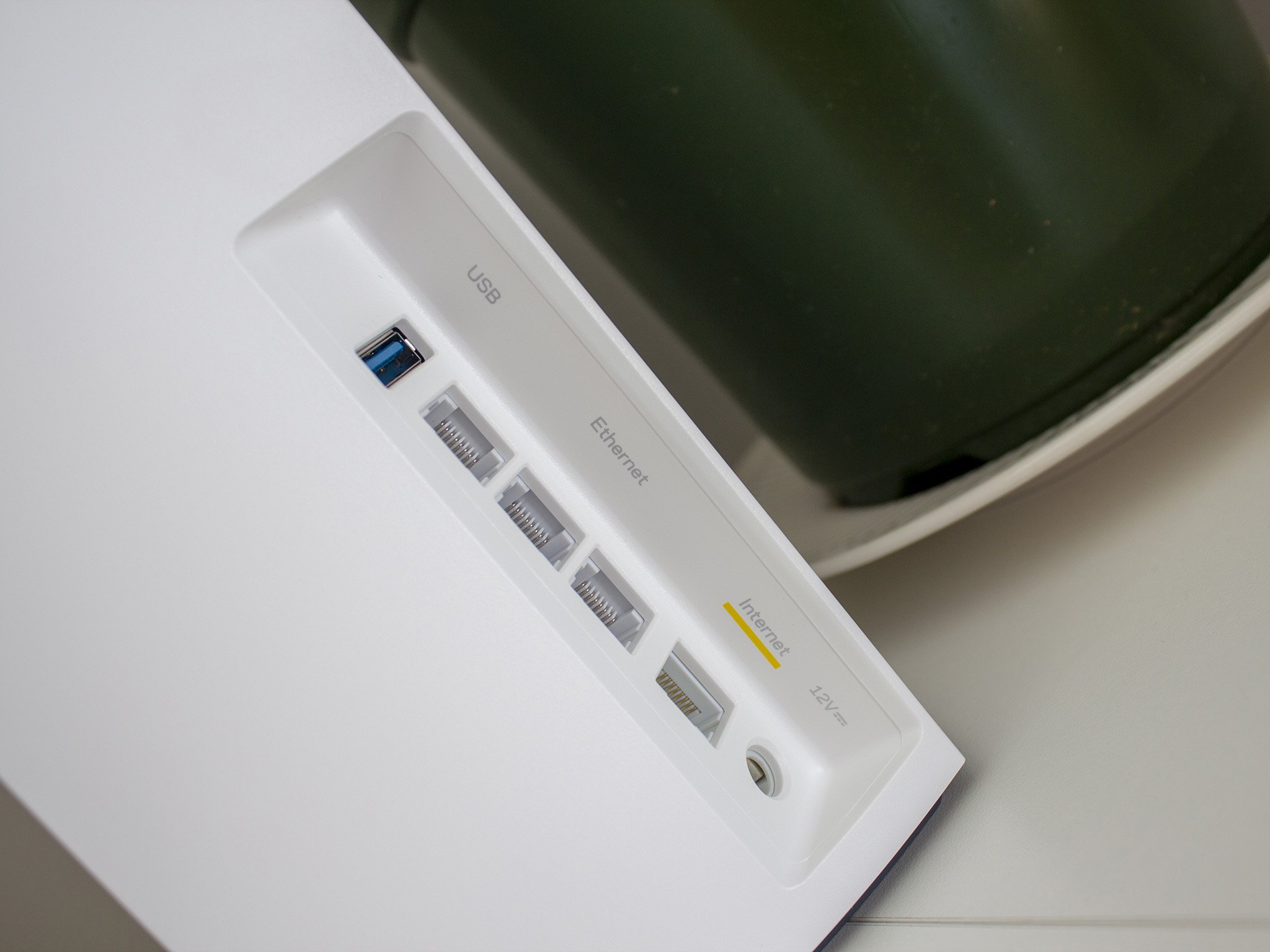
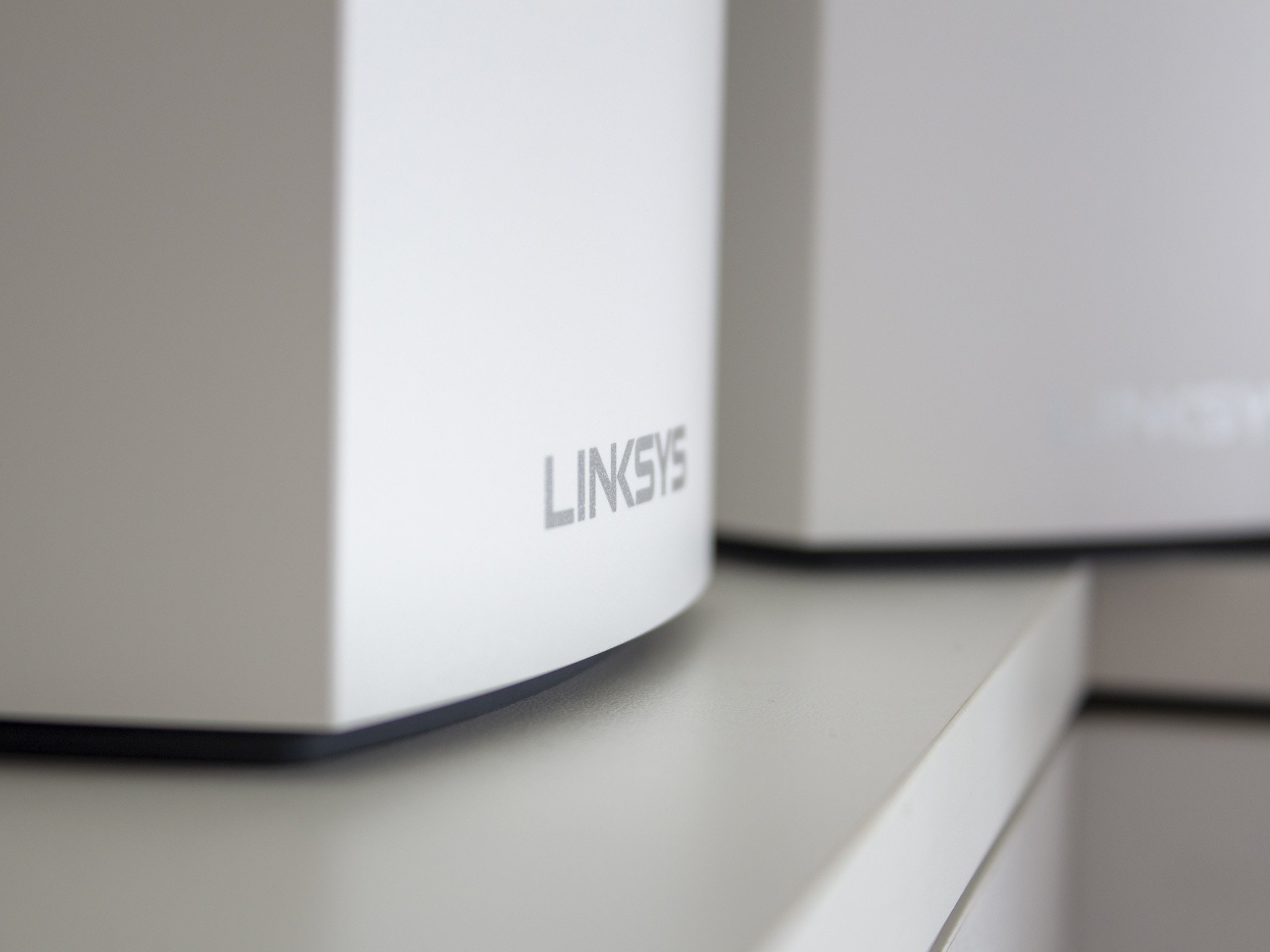
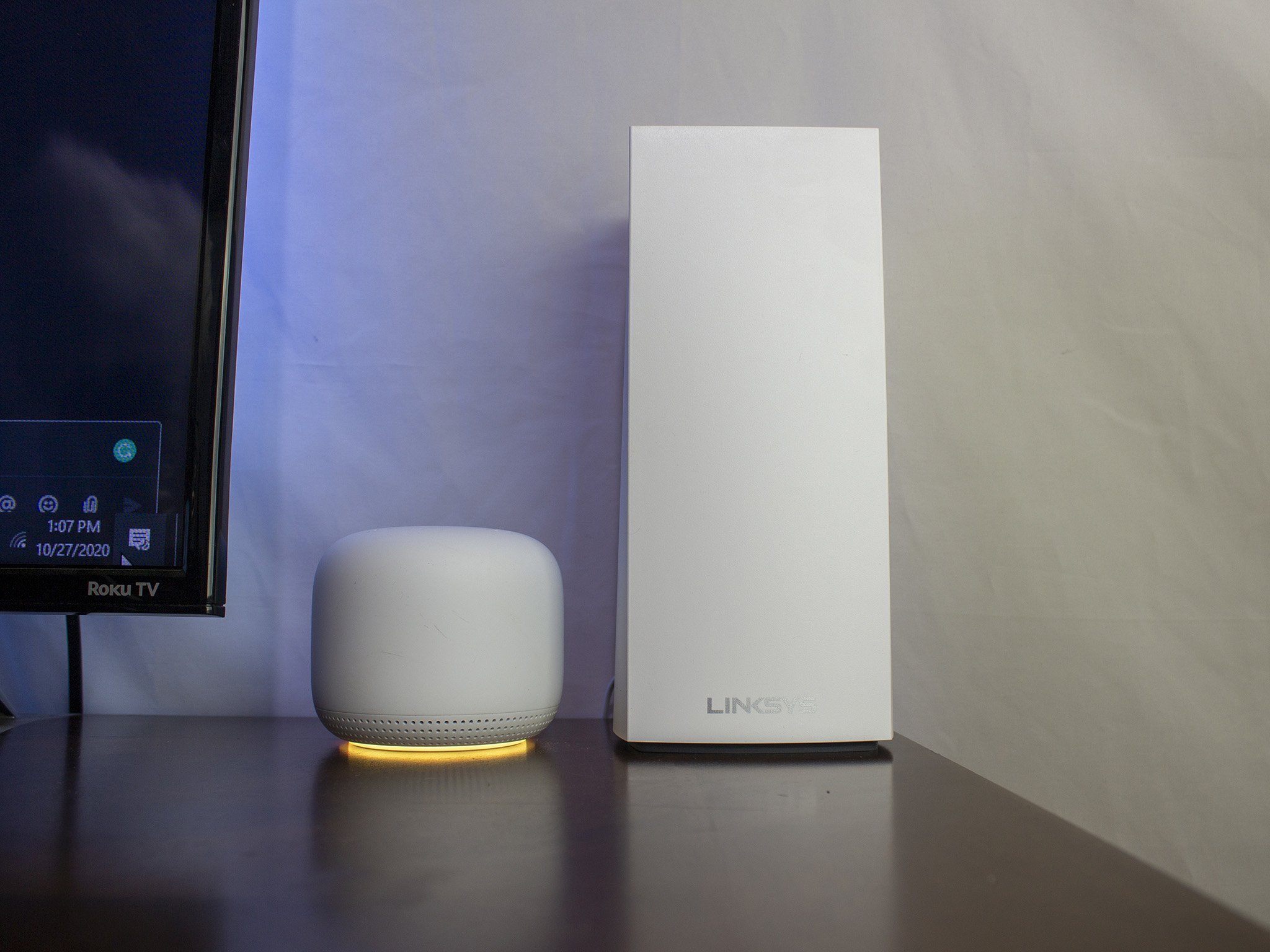
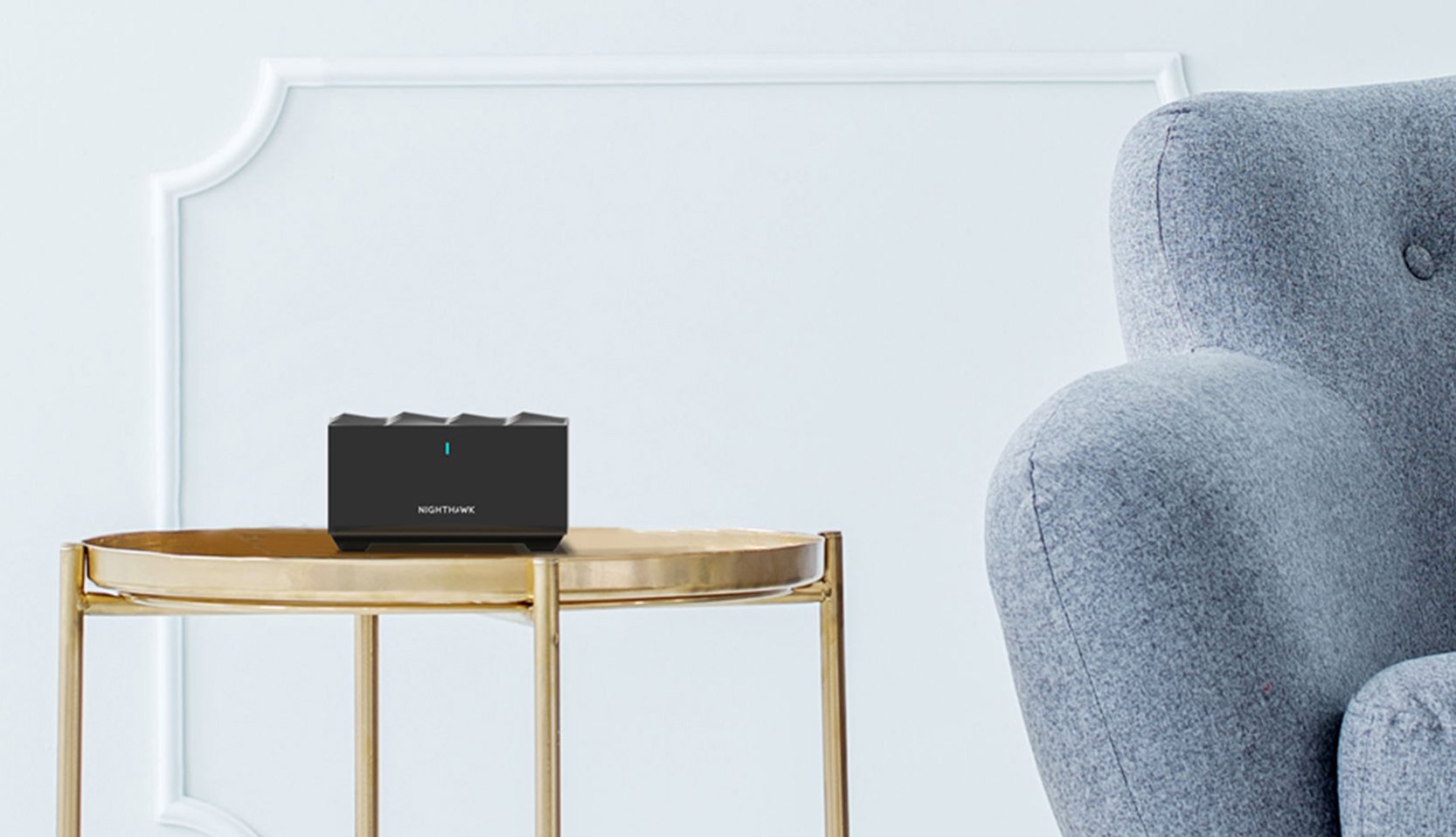
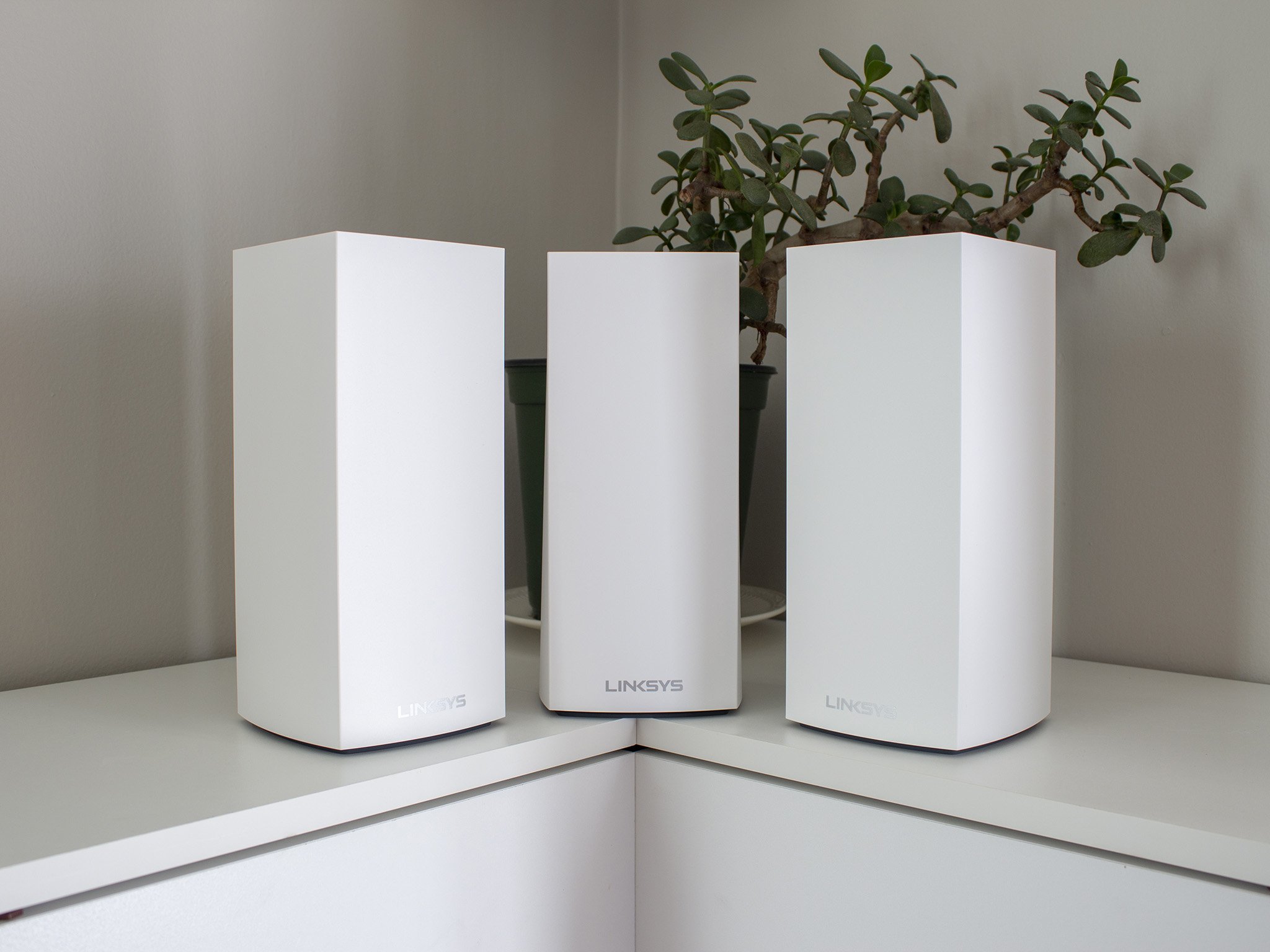
Aucun commentaire:
Enregistrer un commentaire